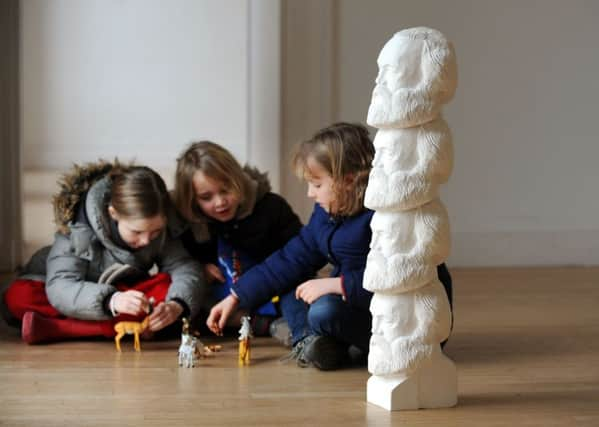Leader comment: Call off gallery closure and get heads together


You might be forgiven for thinking that the loss of one space would be regretted, and life would go on. After all, exhibition spaces come and go, and another could emerge in the future. The Dovecot, for instance, was a swimming pool 20 years ago.
Not so, as the response to the closure of the Inverleith House gallery in the Royal Botanic Garden of Edinburgh has demonstrated. Since the decision was announced to close the gallery after 30 years of building up an international reputation, protestors have done all but man the barricades in defence of what they see, despite its relatively short life, as a cultural institution – and at this rate, some of them might well be chaining themselves to the railings.
Advertisement
Hide AdAdvertisement
Hide AdThe extraordinary reaction includes a letter published in these pages today, calling for the gallery to be reprieved, signed by a host of leading figures in the worlds of art and literature, including such talents as Tracey Emin, Antony Gormley, Anish Kapoor, Ewan McGregor, Ian Rankin and Irvine Welsh.
So what has caused this very impressive mobilisation of forces? It has become clear that not only is the venue much loved by those who visit it, but the opportunity given there to artists who have gone on to great success is held as precious. There is more to be lost here than four walls. In addition, the decision to close the doors without consultation was always going to spark anger, and is a clear mistake which should have been avoided.
From the RBGE perspective, the decision to pursue alternative use of the space – presumably for improved commercial return – is in normal circumstances, a reasonable aim, if pursued with sensitivity. To continue its core work, the RGBE has to order its priorities, and first and foremost its purpose is to carry out scientific and horticultural research and conservation work. It has to find a way of funding those ends.
This is the heart of the matter. Inverleith House is not dragging the Garden under; rather, it has been identified as an asset with greater commercial potential than it currently delivers.
All should not be lost. There is enough common ground here for the RBGE, the Scottish Government, and Creative Scotland to find a means of satisfactory resolution, although compromise might be required if they are to get there.
The RBGE must recognise by now that the furore it has caused requires at the very least reconsideration of the original decision. It would make sense to acknowledge the strength of opinion that has been expressed, and put closure plans on hold to allow an alternative strategy to be explored.